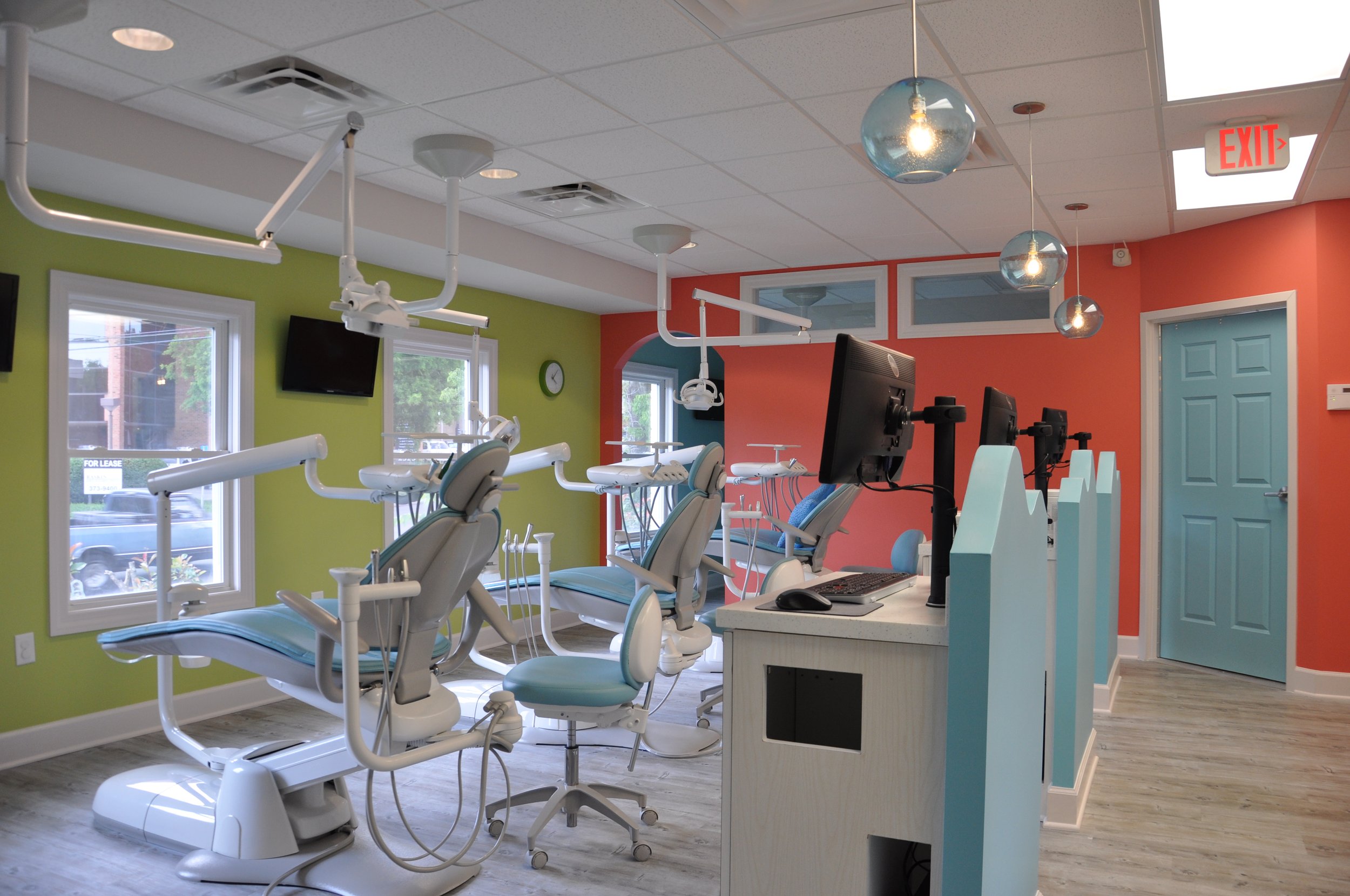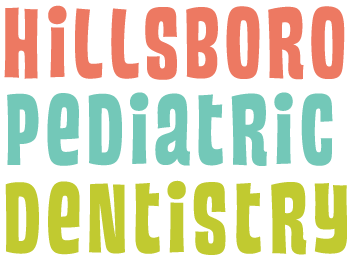
Patient Education
We’ve done our best to provide answers to some of the most common questions below. Please click below to expand and do not hesitate to call our office at (615) 750-2713 with any additional questions.
-
A pediatric dentist has at least two additional years of training beyond dental school. The additional training focuses on management and treatment of a child’s developing teeth, child behavior, physical growth and development, and the special needs of children’s dentistry. Although either type of dentist is capable of addressing your child’s oral health care needs, a pediatric dentist, his or her staff, and even the office décor are all geared to care for children and to put them at ease.
If your child has special needs, care from a pediatric dentist should be considered. Ask your dentist or your child’s doctor what he or she recommends for your child.
-
There are no hard-and-fast rules for when to start dental X-rays. Some children who may be at higher risk for dental problems (for example, those prone to baby bottle tooth decay or those with cleft lip/palate) should have X-rays taken earlier than others. Usually, most children will have had X-rays taken by the age of 5 or 6.
As children begin to get their adult teeth around the age of 6, X-rays play an important role in helping your dentist. X-rays allow your dentist to see if all of the adult teeth are growing in the jaw, to look for bite problems and to determine if teeth are clean and healthy.
-
Many of us do not realize that most “baby” or primary teeth are in our mouths for a long time! Yes, we start losing the front ones around between the ages of 5-7, but the primary molars are not lost until age 10, 11, or even 12! Therefore, these baby teeth hang around for awhile, and taking good care of them ensures proper health and development of the permanent teeth and jaws.
It is very important to take good care of primary (baby) teeth. Neglected cavities can frequently lead to problems which affect developing permanent teeth. Baby teeth are important for (1) proper chewing and eating, (2) providing space for the permanent teeth and guiding them into the correct position, (3) speech development, and (4) permitting normal development of the jaw bones and muscles.
-
Bite on the gauze with mild to moderate pressure until bleeding stops (around 20 minutes).
Soft to normal diet for 2-3 days.
Avoid foods that may be too hot (soup or hot chocolate).
Avoid foods that may have seeds (sesame seeds, poppy seeds, popcorn) for 2-3 days.
Do not drink with a straw.
Do not rinse or spit for 24 hours.
Avoid heavy exercise or sports activity for 24 hours.
-
Special care must be taken to eliminate certain foods from the diet as they may bend the wires or loosen the bands. Repair appointments will be of added cost to parent and prolong treatment time.
PLEASE AVOID THESE FOODS:
HARD FOODS: ice cubes, whole carrots or hard apples, tacos, Doritos, hard popcorn, or other hard, crunchy snack foods.
STICKY FOODS: sticky candy, roll-ups, caramels, and all types of gum.
SWEETS: All foods high in sugar content. Try to limit between meal snacks.
Brush thoroughly after each meal. Brush around the gum line as well as your teeth. If you fail to get teeth thoroughly clean and do not floss the gums, the gums swell and make it more difficult to maintain good oral hygiene. Continued neglect of these areas may result in bad breath, white marks on the teeth, or even tooth decay.
Always clean your appliance when you clean your teeth.
Do not play with the appliance with your tongue, because it may loosen the fit. Do not pick at the wires with your fingers, or bite on pencils or pens.
Initially, your child will also experience excess salivation. As your child gets used to the appliance, salivation will decrease.
There may be an initial difficulty in speech, which should disappear in a day or two. We recommend that you practice reading out loud for fifteen-minute intervals several times a day until normal speech has returned.
-
After your child’s dental appointment, your child may eat or drink right away. We recommend only giving your child extremely soft foods for the remainder of the day to help prevent self-injury as a result of the local anesthetic causing an area of your child’s mouth to remain numb. Avoid carbonated liquids or liquids that may be too hot.
The tissue, surrounding the tooth/teeth worked on, the tongue, and the cheek could stay “asleep” for at least a few hours and therefore, it is critical for your child not to bite, chew, or scratch this “funny” feeling area of the mouth. These actions can cause minor irritations or they can be severe enough to cause swelling and abrasions to the tissue.
Please monitor your child closely for approximately three hours following the appointment. Local anesthesia wears away at different rates in each child. When that numbness begins to wear away, the area begins to “tingle” and some children may interpret this “tingliness” as painful or uncomfortable. Rest assured that this is normal.
-
Placing sealants involves bonding a plastic coating into the grooves of a tooth (the tooth’s pits and fissures). The net result is a smoother tooth surface that is less likely to harbor food and plaque, and easier to clean with a toothbrush. And remember, Dr. Mirna only uses BPA-free resin material in her office!
Sealants are non-invasive. Usually only a paintbrush and a special light are involved. Only healthy molars are sealed, therefore, no drilling or local anesthesia is needed.
The American Dental Association recognizes that sealants can play an important role in the prevention of tooth decay. When properly applied and maintained, they can successfully protect the chewing surfaces of your child’s teeth for several years.
Your child should refrain from eating ice or hard candy. This tends to fracture the sealant and therefore expose a pit or fissure to cavity-causing bacteria.

